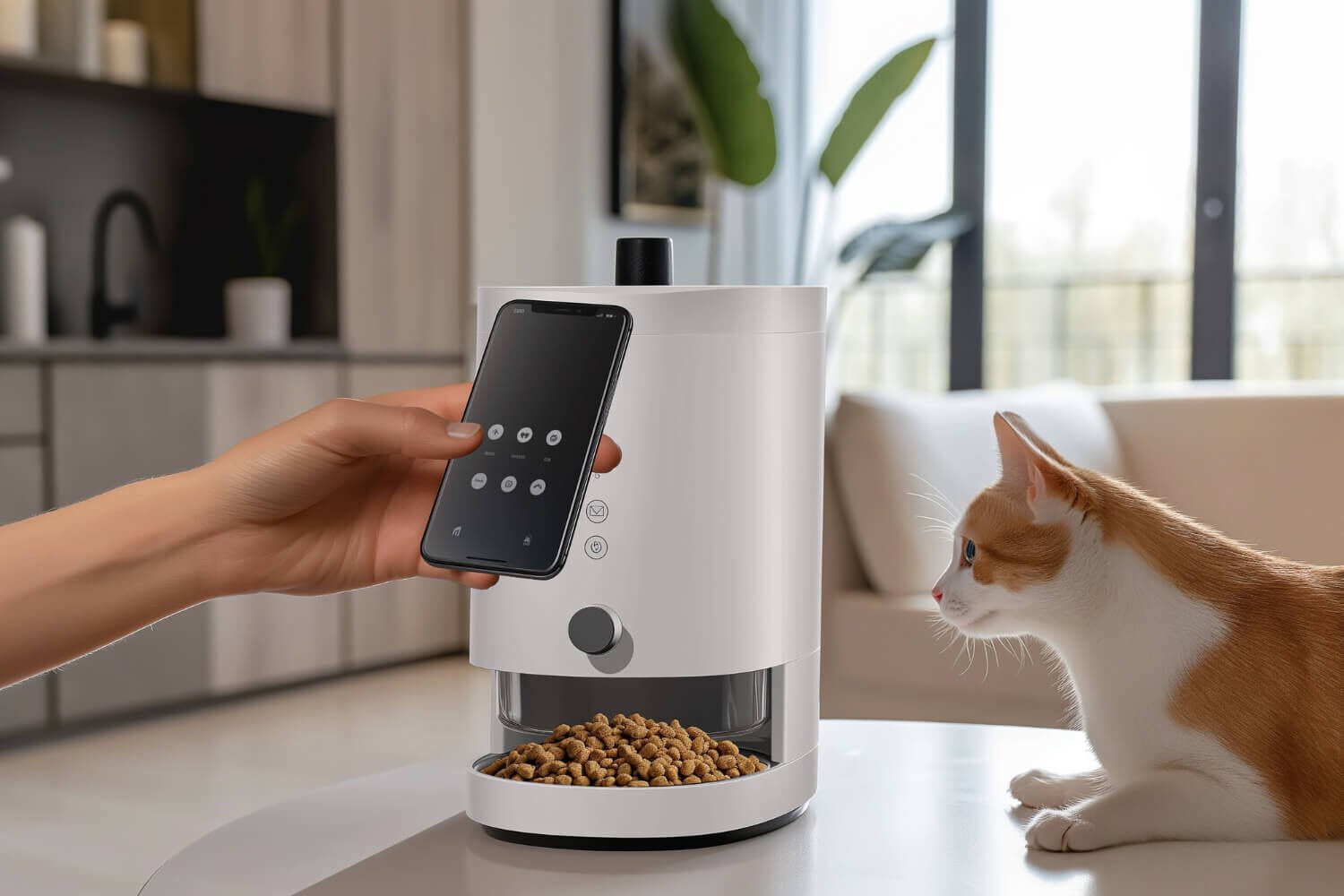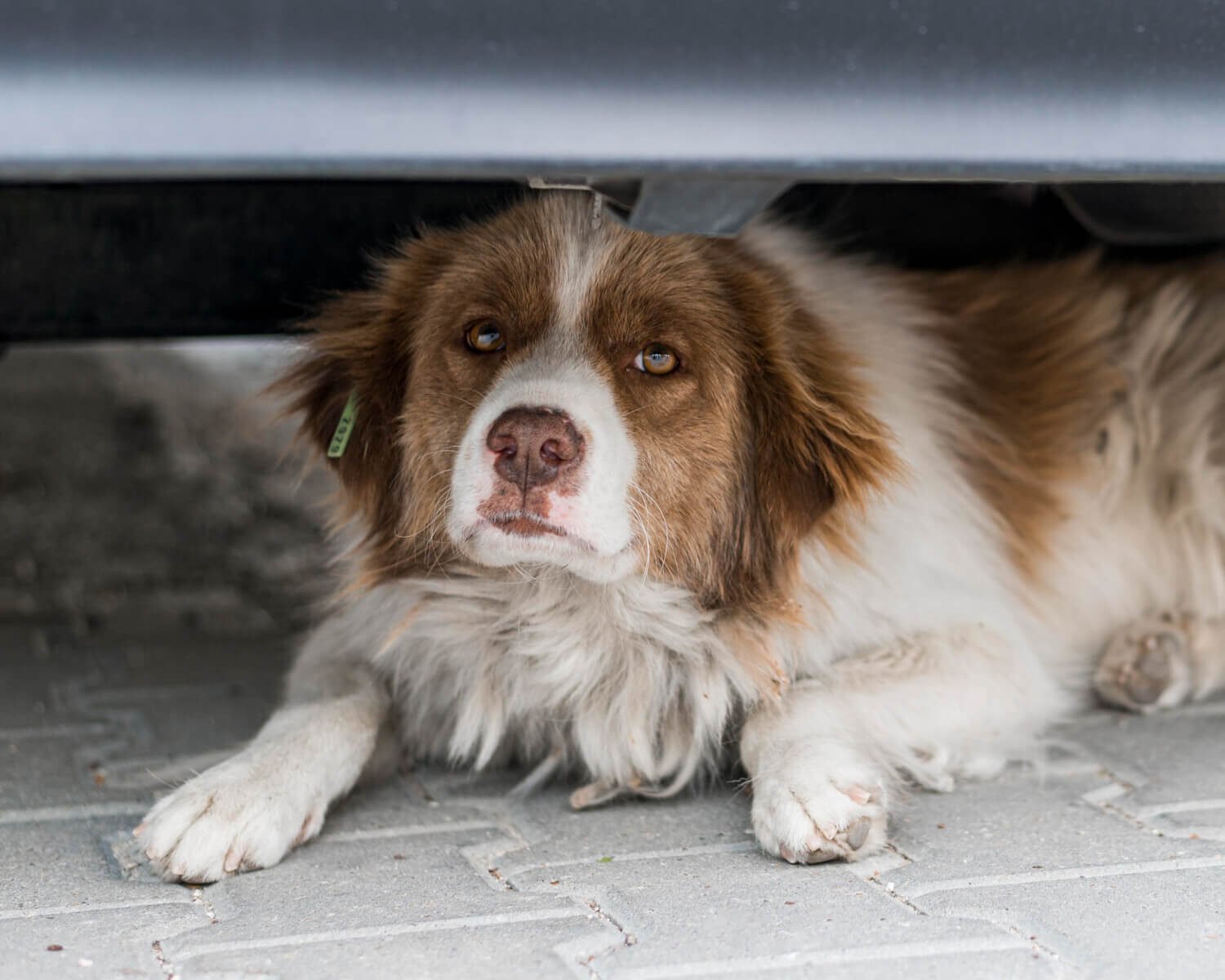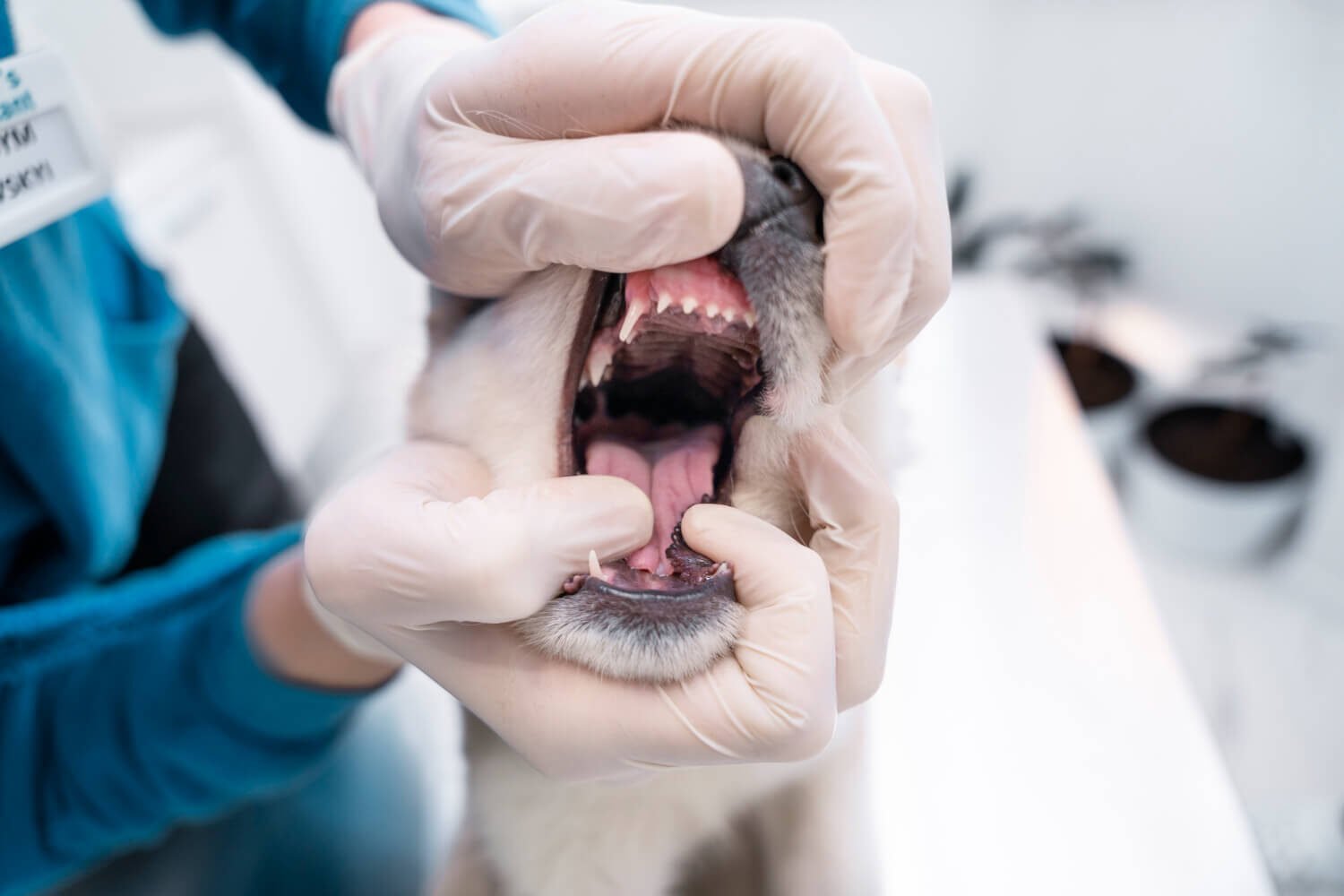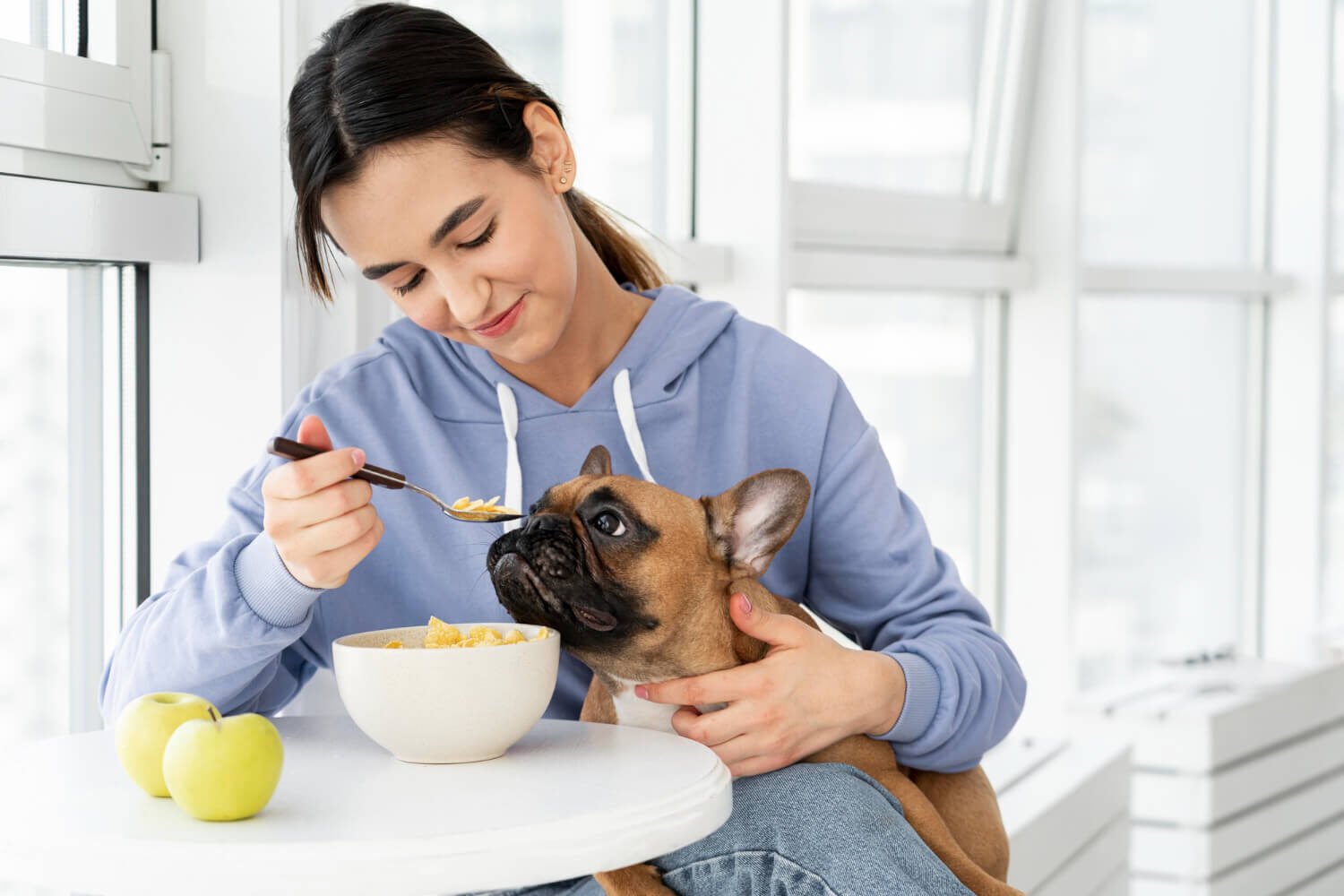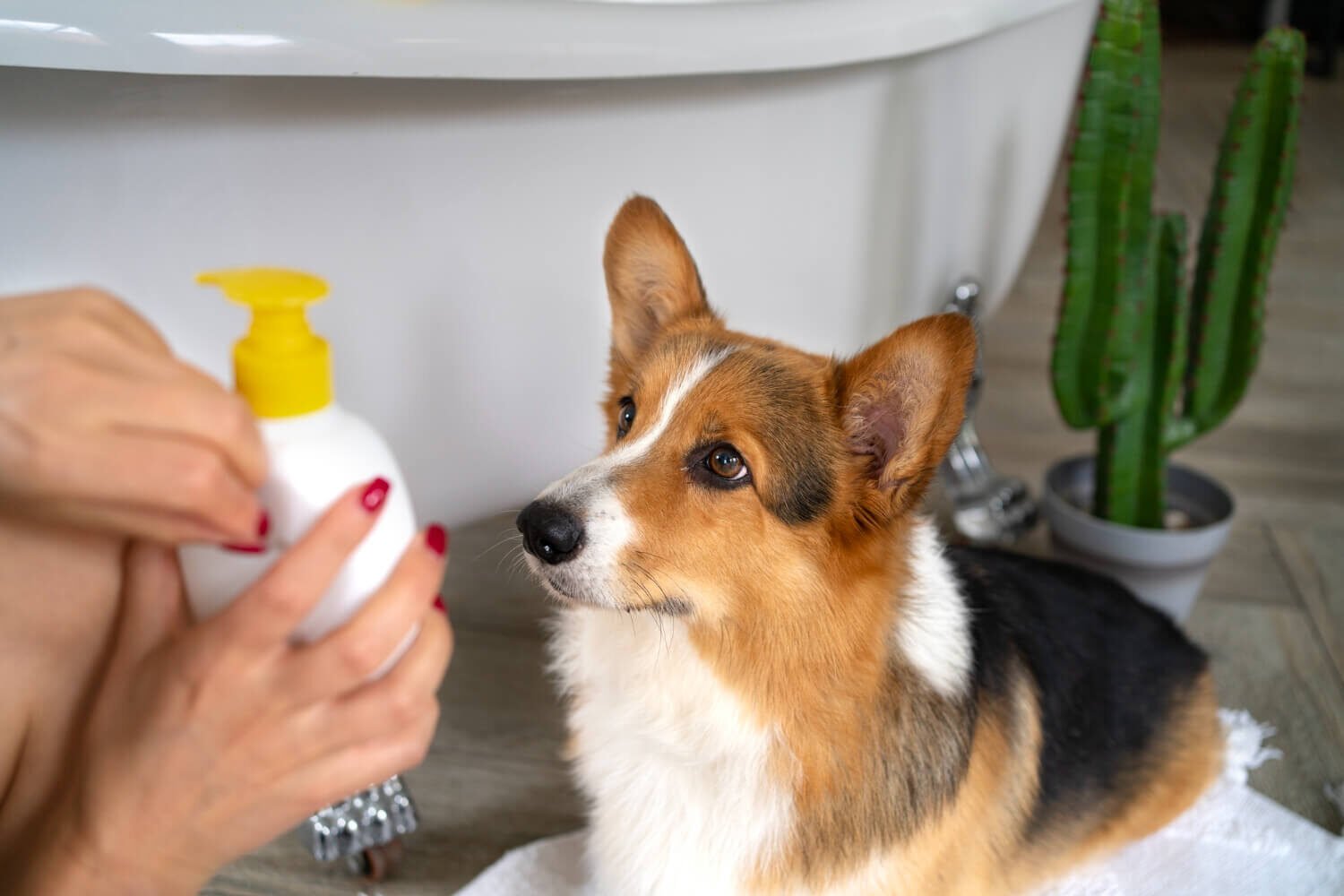Top 10 Smart Pet Gadgets Every Modern Pet Parent Need
In today’s tech-driven world, pet care has gone far beyond the basics of food, water, and walks. Innovative devices are immediately serving pet parents monitor, regale, and take care of their fuzzy companions, accompanying greater ease and accuracy than always before. From smart feeders to GPS trackers, science is revolutionizing in what way or manner we understand and communicate accompanying our pets.
These smart pet devices are planned to create history more convenient while reconstructing your pet’s security, fitness, and satisfaction. Whether you’re an active professional, a frequent traveler, or plainly going to stay belonging to your pet during the whole of the era, there’s a complicated solution for each need.
Here’s a examine the top 10 smart pet devices. Each up-to-date pet parent concedes to the possibility of examining their home — finishes that lead peace of mind, cut down care drills, and hold your beloved friend successful.
Why Smart Gadgets Are Essential for Today’s Pet Parents
As our lifestyles become busier and more connected, managing pet care can sometimes feel like a challenge. Smart pet gadgets bridge this break by making it smooth to persist on top of your pet’s needs — even when you’re faraway. These creative forms use technology to monitor, feed, regale, and assure your pets, guaranteeing they’re satisfied and active around the clock.
Beyond availability, smart tools likewise help pet persons create data-compelled determinations. From pursuing consuming tendencies to listening activity levels or sleep patterns, these devices supply valuable judgments into your pet’s prosperity. These facts can help detect strength concerns early or recognize changes in presence before they enhance weight.
Ultimately, smart devices empower pet partners to support better, more agreeing care. They offer mental freedom, restore the bond between pets and landowner, and create pets that are more adept, embodied, and enjoyable.
Top 10 Smart Pet Gadgets Every Modern Pet Parent Needs
Technology has revolutionized the way we care for our pets, making it easier to keep them safe, entertained, and healthy — even from afar. Smart gadgets not only simplify everyday tasks but also enhance your pet’s quality of life by catering to their physical and emotional needs. Whether it’s automated feeding, real-time monitoring, or interactive play, these devices are a game-changer for modern pet parenting.
Here are the top 10 smart pet gadgets that every pet owner should consider:
1. Smart Automatic Pet Feeder
A smart feeder ensures your pet is fed on time, even when you’re not home. These devices can be programmed through an app to dispense the right portion sizes, preventing overeating or missed meals. Some even include cameras and voice functions so you can talk to your pet during feeding time.
2. GPS Pet Tracker
Never lose track of your furry friend again. A GPS tracker attaches to your pet’s collar and provides real-time location updates straight to your smartphone. Many models also include activity tracking, helping you monitor exercise levels and ensure your pet stays active and safe.
3. Smart Pet Camera
With a smart pet camera, you can check in on your pet anytime, anywhere. These cameras often feature two-way audio, motion detection, and even treat dispensers — allowing you to interact, comfort, or reward your pet remotely.
4. Automatic Water Fountain
Hydration is key to your pet’s health, and a smart water fountain encourages them to drink more by keeping water fresh and circulating. Some models include filters and sensors that notify you when it’s time to refill or replace the filter.
5. Smart Pet Door
A smart pet door uses microchip or collar tag technology to allow only your pet to enter or exit, keeping unwanted animals out. It’s a great solution for pet owners who want to give their pets freedom while maintaining security and peace of mind.
6. Pet Activity Tracker
Just like fitness trackers for humans, these devices monitor your pet’s daily activity, rest patterns, and calories burned. The data can help you understand your pet’s fitness levels and adjust their diet or exercise accordingly.
7. Self-Cleaning Litter Box
For cat owners, a self-cleaning litter box is a true time-saver. It automatically removes waste after your cat uses it, keeping the box clean and odor-free. Some advanced models even monitor litter usage to track your cat’s health habits.
8. Smart Interactive Toy
Keep your pet mentally stimulated with smart toys that move, respond, or dispense treats. These gadgets help prevent boredom, especially when you’re away, and can be customized through apps for different difficulty levels or play styles.
9. Smart Collar
A smart collar combines several features — GPS tracking, health monitoring, and even temperature alerts — all in one device. It’s perfect for keeping tabs on your pet’s location, activity, and well-being in real time.
10. Pet Health Monitor Mat
This innovative gadget is placed under your pet’s bed to monitor vital signs like heart rate, breathing, and sleep quality. It can detect subtle changes in health early, helping you act quickly if something seems off.
Together, these smart pet gadgets not only make your life easier but also ensure your furry friend enjoys the best possible care — even when you can’t be there in person.
Related Blog: Top 10 Pet Hygiene Products Every Pet Parent Needs
Factors to Consider Before Buying Smart Pet Gadgets
With so many smart pet gadgets available today, choosing the right one can feel overwhelming. Not every device will suit your pet’s needs or lifestyle, so it’s important to consider a few key factors before making a purchase. The right gadget should not only simplify your life but also enhance your pet’s comfort, safety, and well-being.
Here are some essential factors to consider before investing in smart pet technology:
- Compatibility and Connectivity: Ensure the device is compatible with your smartphone and home Wi-Fi system. Some gadgets may require specific apps or smart home integrations.
- Pet’s Size and Breed: Choose gadgets that match your pet’s size, breed, and activity level. For example, GPS collars or feeders often have different models for small and large pets.
- Ease of Use: Look for user-friendly designs with simple setup instructions and intuitive mobile apps for easy monitoring and control.
- Durability and Build Quality: Pets can be rough on gadgets, so select devices made from sturdy, chew-resistant materials.
- Battery Life and Power Options: Long battery life or rechargeable options are ideal, especially for trackers and cameras that operate continuously.
- Safety Features: Ensure the gadget uses pet-safe materials and doesn’t pose choking, electrical, or overheating risks.
- Maintenance and Cleaning: Opt for devices that are easy to clean or maintain, particularly for feeders, water fountains, and litter boxes.
- Data Privacy and Security: Since most smart devices connect to the internet, check that the brand follows secure data encryption and privacy policies.
- Cost and Value: Consider both the upfront cost and any ongoing expenses (like filter replacements or subscription fees). Choose gadgets that offer long-term value rather than just trendy features.
- Customer Support and Reviews: Research reviews and look for brands with reliable customer service in case you encounter technical issues or need assistance.
Benefits of Using Smart Pet Gadgets
Smart pet gadgets are more than just cool tech — they’re powerful tools that can enhance your pet’s daily life and make your responsibilities as a pet parent easier and more efficient. From monitoring your pet’s health to keeping them entertained while you’re away, these devices combine convenience with care.
By integrating smart technology into your pet’s routine, you can ensure their needs are met consistently while gaining valuable insights into their habits and well-being.
- Improved Health Monitoring: Track your pet’s activity, sleep, diet, and vital signs to detect potential health issues early.
- Enhanced Safety: GPS collars and smart doors help keep pets safe by preventing escapes and tracking their location in real time.
- Convenience for Pet Parents: Automated feeders, water fountains, and litter boxes save time and effort, especially for busy owners.
- Better Nutrition Control: Smart feeders allow portion control and scheduled feeding, helping prevent overeating or missed meals.
- Reduced Separation Anxiety: Cameras and interactive toys let you engage with your pet remotely, easing loneliness when you’re away.
- Increased Mental and Physical Stimulation: Smart toys and activity trackers encourage exercise and cognitive engagement, promoting overall well-being.
- Peace of Mind: Constant updates and remote access ensure you always know your pet is safe, happy, and healthy — no matter where you are.
- Cleaner and Healthier Living Environment: Devices like self-cleaning litter boxes and filtered water fountains help maintain hygiene effortlessly.
- Customized Pet Care: Data collected from smart devices allows you to tailor routines, diets, and activities based on your pet’s unique needs.
- Stronger Bond Between Pet and Owner: Staying connected through smart technology fosters trust, communication, and emotional closeness.
Future Trends in Smart Pet Technology
The world of pet technology is evolving rapidly, with innovations designed to make pet care smarter, safer, and more personalized. As artificial intelligence (AI), machine learning, and the Internet of Things (IoT) continue to advance, the next generation of smart pet gadgets will offer even deeper insights into our pets’ health and emotions.
These emerging trends promise to transform how we interact with and care for our furry companions — making pet parenting more intuitive, data-driven, and connected than ever before.
- AI-Powered Health Analysis: Future gadgets will use AI to analyze real-time health data, identifying early signs of illness or behavioral changes automatically.
- Emotional Recognition Technology: Devices will soon be able to interpret pets’ moods through facial expressions, vocal tones, and body language to improve emotional care.
- Wearable Biometric Sensors: Advanced collars and harnesses may monitor heart rate, temperature, hydration, and stress levels continuously.
- Smart Homes Integrated with Pet Devices: Seamless integration with smart home systems will allow automatic feeding, temperature adjustment, and lighting based on your pet’s presence.
- Tele-Veterinary Integration: Gadgets will sync directly with veterinarians, sharing live health data for instant consultations or preventive care recommendations.
- Augmented Reality (AR) Pet Training: AR-based apps and devices will make interactive training and play sessions more engaging and effective for both pets and owners.
- Eco-Friendly Smart Devices: Expect to see more sustainable materials, energy-efficient systems, and solar-powered gadgets that support green living.
- Personalized Nutrition and Fitness Plans: Smart feeders and trackers will collaborate to automatically adjust diets and exercise routines based on your pet’s data trends.
- Voice and Gesture-Controlled Gadgets: Future devices will respond to voice commands or hand gestures, offering a more natural way to interact with your pet’s tech.
- Pet Mental Wellness Tools: Innovations will focus on reducing stress and anxiety through calming sensors, smart diffusers, and mood-enhancing environmental adjustments.
FAQs About Smart Pet Gadgets
1. What smart pet devices are ideal for cats?
Cats can benefit greatly from smart devices designed to encourage play, hydration, and cleanliness. Popular options include self-cleaning litter boxes, interactive laser toys, and automatic water fountains that keep water fresh and appealing. Smart feeders and cameras also help you maintain feeding schedules and monitor your cat’s activity levels while you’re away.
2. What are the benefits of smart pet beds for older pets?
Smart pet beds are especially beneficial for senior pets as they often come with temperature control, pressure monitoring, and health tracking sensors. These features help support joint comfort, regulate body temperature, and detect early signs of discomfort or restlessness — making them ideal for pets with arthritis or age-related issues.
3. How accurate are GPS trackers for pets?
Modern GPS pet trackers are highly accurate, typically pinpointing your pet’s location within a few meters. Many devices also use cellular and Wi-Fi signals to enhance precision and reliability. However, accuracy may vary in remote areas with weak connectivity, so choosing a tracker with multi-network coverage ensures better performance.
4. What features should I look for in a smart pet camera?
When selecting a smart pet camera, look for features such as two-way audio, treat dispensing, motion detection, and night vision. A high-resolution camera with app integration allows you to monitor and interact with your pet in real time, helping reduce separation anxiety for both you and your furry friend.
5. Are there any disadvantages to using smart pet technology?
While smart gadgets offer great convenience, they do come with a few drawbacks. Some devices require regular maintenance, Wi-Fi connectivity, or subscription fees for premium features. Additionally, over-reliance on technology should never replace genuine attention and affection — the human bond remains the most important part of pet care.
Conclusion
Smart pet gadgets are transforming the way we care for our furry companions, combining innovation with compassion. These devices not only make pet parenting easier but also help us understand our pets on a deeper level — from monitoring their health to keeping them safe and entertained when we’re not around.
As technology continues to evolve, the possibilities for improving pet care are endless. By choosing the right gadgets and using them thoughtfully, you can create a happier, healthier, and more connected life for your pet — one that blends modern convenience with unconditional love.


